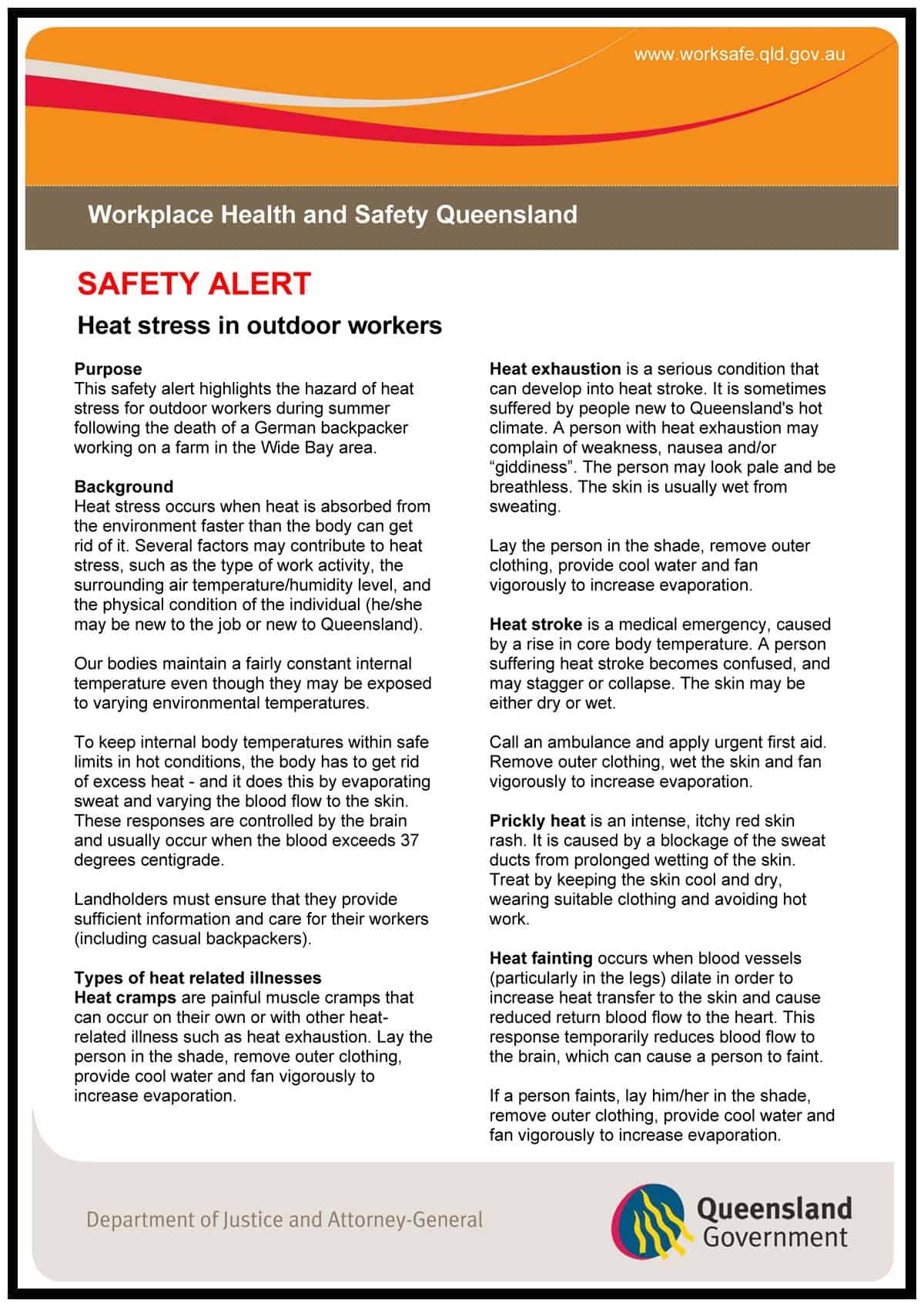Further to the recent posting on cardiovascular disease research, Dr David Dunstan participated in an online media briefing on 12 January 2010. (Video and audio interviews have begun to appear on line)
 It is often difficult to identify control measures for workplace hazards from the raw research data. Dr Dunstan, this morning elaborated on the possible workplace control measures that employers can design into workplaces in order to reduce the CVD risk from prolonged sedentary work. Continue reading “Move your way to better health”
It is often difficult to identify control measures for workplace hazards from the raw research data. Dr Dunstan, this morning elaborated on the possible workplace control measures that employers can design into workplaces in order to reduce the CVD risk from prolonged sedentary work. Continue reading “Move your way to better health”



